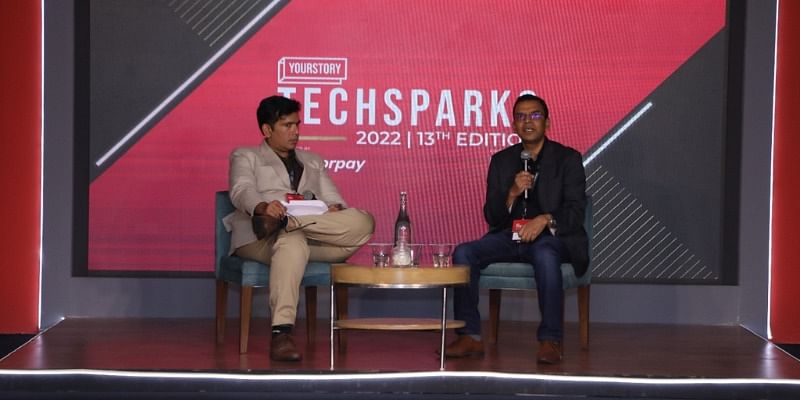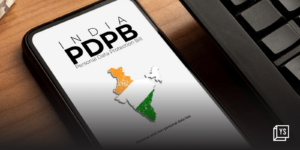When people have a fair understanding of your product and use it enough to recognise its value, it is a huge win. But when they begin to share their positive experience with others, where you can replicate the experience with every new user who your existing users tell, then you can be rest assured that you have the perfect product-market fit in your hands.
In a fireside chat during TechSparks 2022, Abhishek Gupta, Chief Customer Officer, Clevertap spoke at length about how startups can achieve product-market fit and how their approach helps with the product-market fit strategy for different businesses.
To establish product-market fit, Abhishek says, it is very important to build a product in tandem with the customers. Constant collaboration with customers ensures that the product that is being built is relevant to them. “Even today, at our scale, we ensure that when we try to build a new product feature or new capability, we do private beta, we do public beta. Before we declare any product or feature to be generally available, we make sure that we have gone through the due process to make sure that what we put out there in the marketplace is relevant to the customers,” he said.
Product-market fit also hinges on the value that the customer gets and the engagement by the brand. Abhishek laid stress on customer retention as against customer acquisition. “We focus on helping brands, especially B2C, retain their end users by making sure that they are able to hyper-personalise the experience and the messaging is relevant for them,” he added.
Addressing PMF during adversities
One of the most appropriate quotes for planning market fit is from former heavyweight boxing legend Mike Tyson: “Everybody has a plan until they get punched in the mouth.” Addressing product-market fit in times of dynamic market conditions or adversities, Abhishek said, in the times of economic headwinds, if you have a strong product market fit, you don’t have to second guess because the product will create a value proposition for the customers. What is more critical is financial acumen and strong execution that will have to wade through troubled waters. “Fiscal prudence and better execution will ensure that you can tide over that situation in the most cost efficient and effective manner. So, it’s a little bit of a different strategy,” he said.
However, during times like the pandemic or demonetisation, consumer preference will change the way businesses are run. “At that point, new trends, new threats and new opportunities will emerge,” he said. One needs to look at those trends, opportunities and threats and consciously determine to what extent the business is being impacted by it either positively or negatively.
Championing for the brand
Abhishek highlighted that when existing customers advocate the brand in the field, then half the work is done. “If it is happening at a certain size and scale, which varies from business to business, I do believe that the product market fit is established for that product,” he said.
On concluding lines, he added that if you have established a strong product market fit and existing customers are really happy, then the cost of customer acquisition comes down by an order of magnitude. Contrarily, if your existing customers are not happy, you can keep acquiring the customers, which will be expensive but it will be a case of a leaky bucket.




![Read more about the article [Funding alert] Healthtech startup Truemeds raises $22M in Series B led by Westbridge Capital](https://blog.digitalsevaa.com/wp-content/uploads/2022/04/Truemedsfinal-1650949608104-300x150.png)






